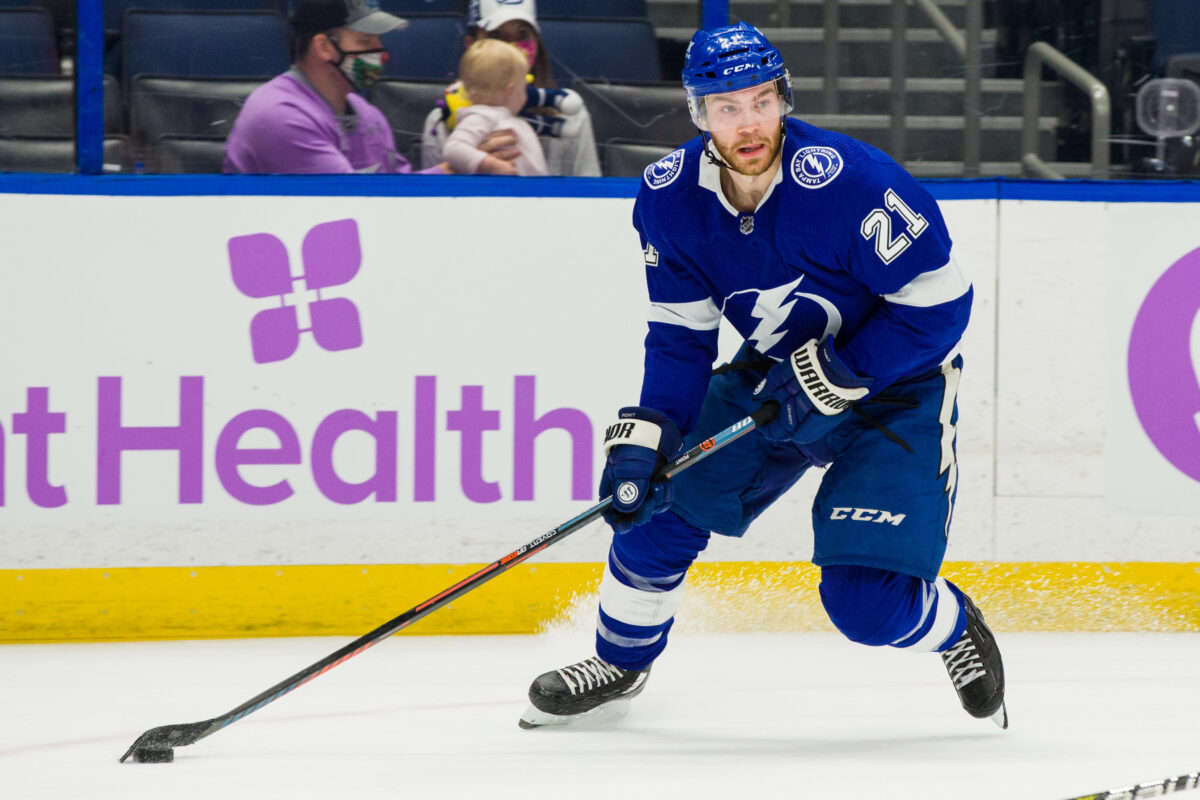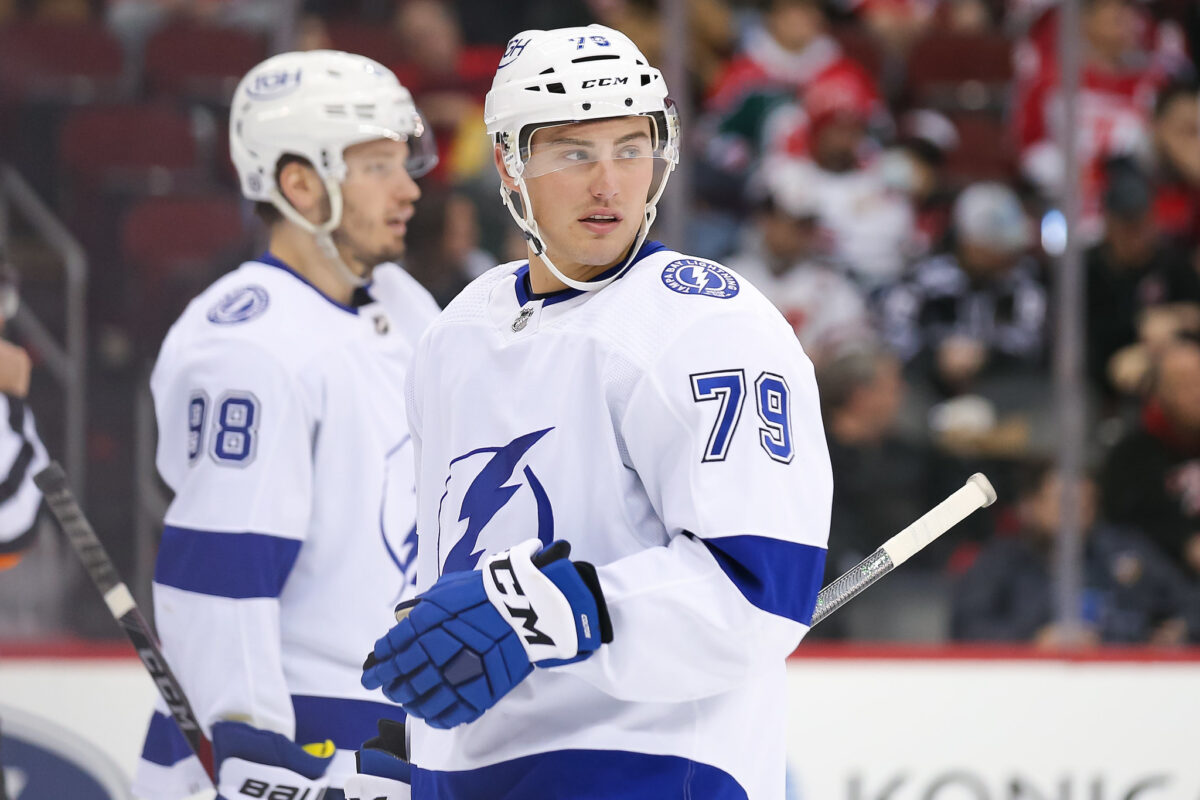The NHL Entry Draft is often described as magic beans outside the first handful of selections. What this means is that when a team selects a player, they are planting them in their system, where you have to then nurture their development in order to see what they become. So, even if you draft a player with incredible talent, you have to put them in the best position to succeed by giving them the right support structures that they need to grow.
While this may be an inexact science, over the last decade the Tampa Bay Lightning have seemed to crack the code for getting the most out of their draft choices, especially in the later rounds. They pulled a superstar talent like Brayden Point out of the third round in 2014 then followed that up with a potential Selke nominee in Anthony Cirelli in Round 3 of 2015.
However, even these incredible selections are starting to feel like old news. Point and Cirelli are established players, and their rise to fame given their draft position is not the compelling story that it once was. It’s not uncommon for teams to find good players in the third round of the draft, after all, it’s just less likely when compared to Rounds 1 or 2.

What is unlikely, though, is the fact the Lightning just continue to find hit after hit in the later rounds of the draft, which has allowed them to keep needed talent in their cupboards while they trade away future assets for players to help them win championships right now.
Lightning Find Next Duo of Sixth-Round Hits
With injuries striking their lineup after another long postseason run, Tampa Bay looked towards this depth once again to start the 2022-23 season, and they have seen unexpected success from 6-foot-1 forward Cole Koepke and 6-foot-2 right-shot defensemen Nick Perbix. While neither player is a star in the making, they have been a perfect option to plug into the lineup, where they can take on limited but still meaningful minutes each night.
What’s surprising about this is the fact that both Perbix and Koepke were sixth-round selections in their respective draft years. Players of that caliber aren’t even expected to develop into American Hockey League (AHL) starters, let alone make a mark in the NHL by age 24. Yet here we are, seeing this unexpected success from these young players.
However, those weren’t the only late-round hits the Lightning pulled out of recent drafts. Sammy Walker, a seventh-round selection in 2017, signed an entry-level contract with the Minnesota Wild during the 2022 offseason after his rights expired with Tampa Bay. He immediately earned a sport with the Iowa Wild, their AHL affiliate, and has scored at a point-per-game pace to start the season.
Related: Lightning Fill Void in Lineup With Koepke and Perbix
So this begs the question… how? How do the Lightning keep developing players into legitimate NHL and AHL starters despite being long shots to do so? While there are a multitude of answers, the most important parts of their process are time and team culture.
Lightning’s Prospect Pipeline Defines Their Success
When a team is as successful as the Lightning in recent years, they create a structure that permeates all aspects of the franchise. With stars like Nikita Kucherov and Victor Hedman already firmly in their positions for years, it allows the team to take its time with late-round selections so they can get those needed games both in college and in the minor leagues to fully develop their game to an NHL standard.
Oftentimes, the Lightning’s successful selections are committed to playing in the NCAA, where they will have four years to develop both on the ice and mature off it. After finishing their collegiate careers they then are eligible to start playing for the Syracuse Crunch, Tampa Bay’s AHL affiliate, which features a staff that understands how to transition these young players to the professional game, and regularly are able to help them take that next step in their careers. This process can take a few years, but there is rarely a need to rush these players to the NHL because the parent club is already loaded with talent and competing for Stanley Cup Championships.

Yes, every franchise in the NHL has this process, but the Lightning have managed to perfect it in a way that few can replicate. When a player is selected later in the draft, they know that they will be given the time and space needed to develop while also receiving appropriate opportunities to challenge them along the way. When a player is successful, they are given more challenges, until they have a relatively unknown fourth-round pick like Ross Colton scoring the 2021 Stanley Cup-winning goal after spending four years developing both at college and in the AHL.
Sure, these players aren’t going to knock the Lightning’s stars off their pedestals, but they give the franchise needed options that keep them competitive despite their roster losses. It’s an impressive feat given how much talent has departed the franchise in recent years, but it’s also a reason why it makes sense for Tampa Bay to trade their better picks for proven players since they seem to understand how to maximize their selections at all levels of the draft.